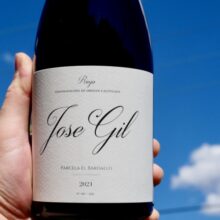
Product information
José Gil vino de paraje ‘El Bardallo’ de pueblo San Vincente 2021
$186
Description
The 2021 El Bardallo is produced with the grapes from the same plot as in previous years in the zone of San Vicente that names the wine; they believe this plot produces the wines in their cellar that have more finesse. Like the rest of the reds, it fermented with indigenous yeasts and part whole clusters and matured in 500- and 600-liter barrels in their underground cellar. This is serious and elegant, with ripe berry fruit and spice from the élevage, a full palate with pungent flavors, power and persistence but with balance. It has the stuffing to develop nicely in bottle. Only 500 bottles produced. It was bottled in September 2022.
Luis Gutiérrez, The Wine Advocate 95 Points
In stock
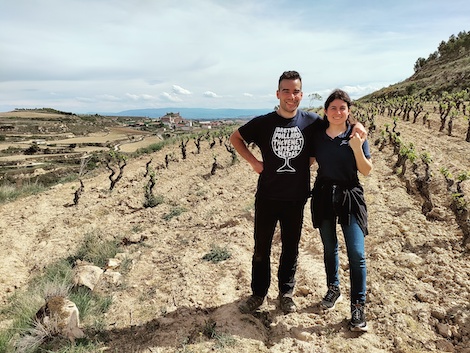



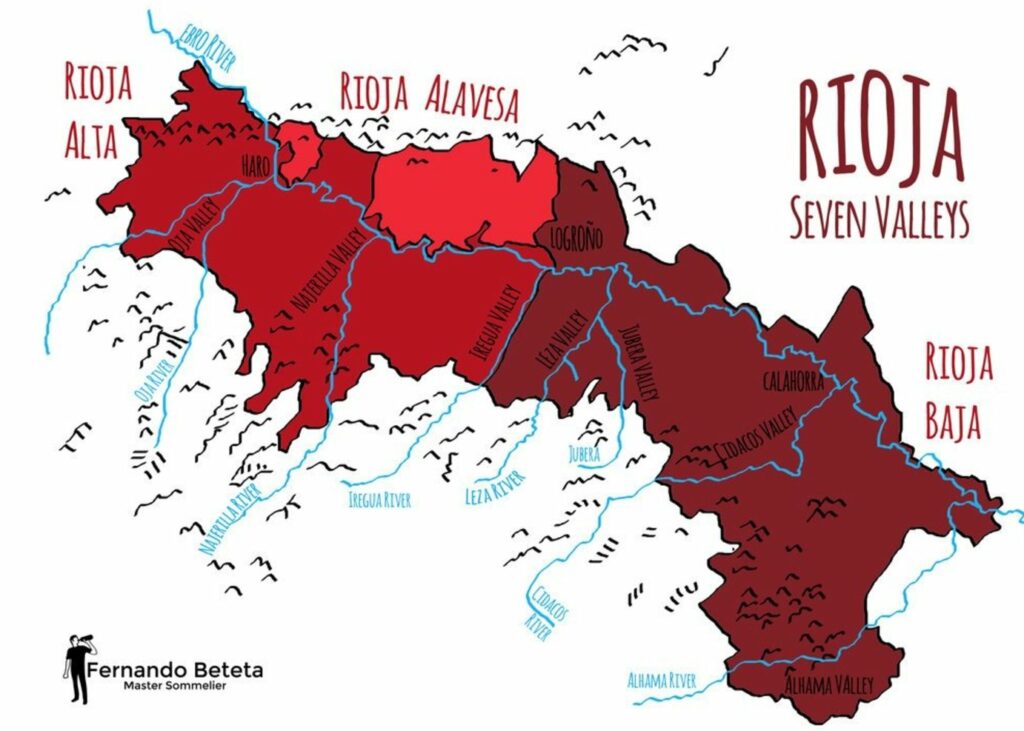
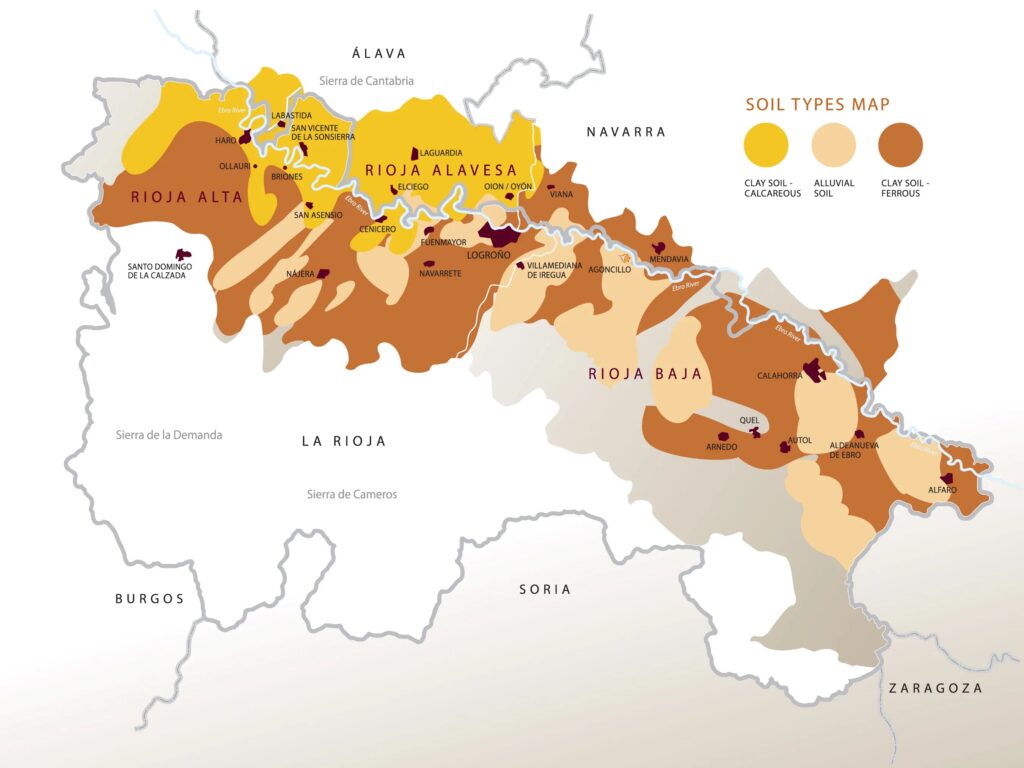
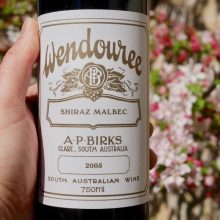
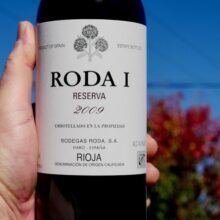
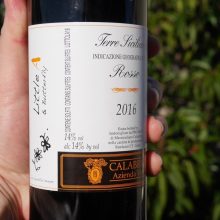
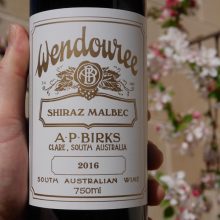
You must be logged in to post a comment.